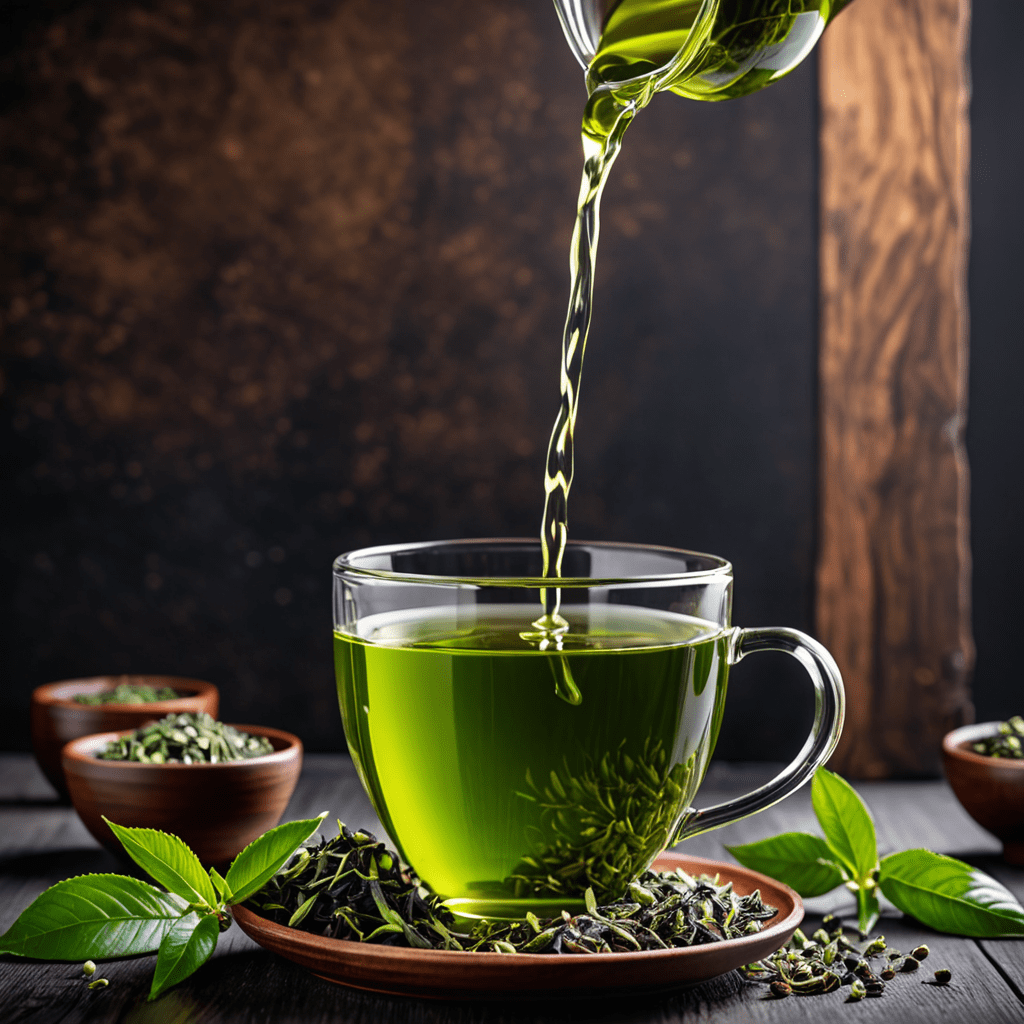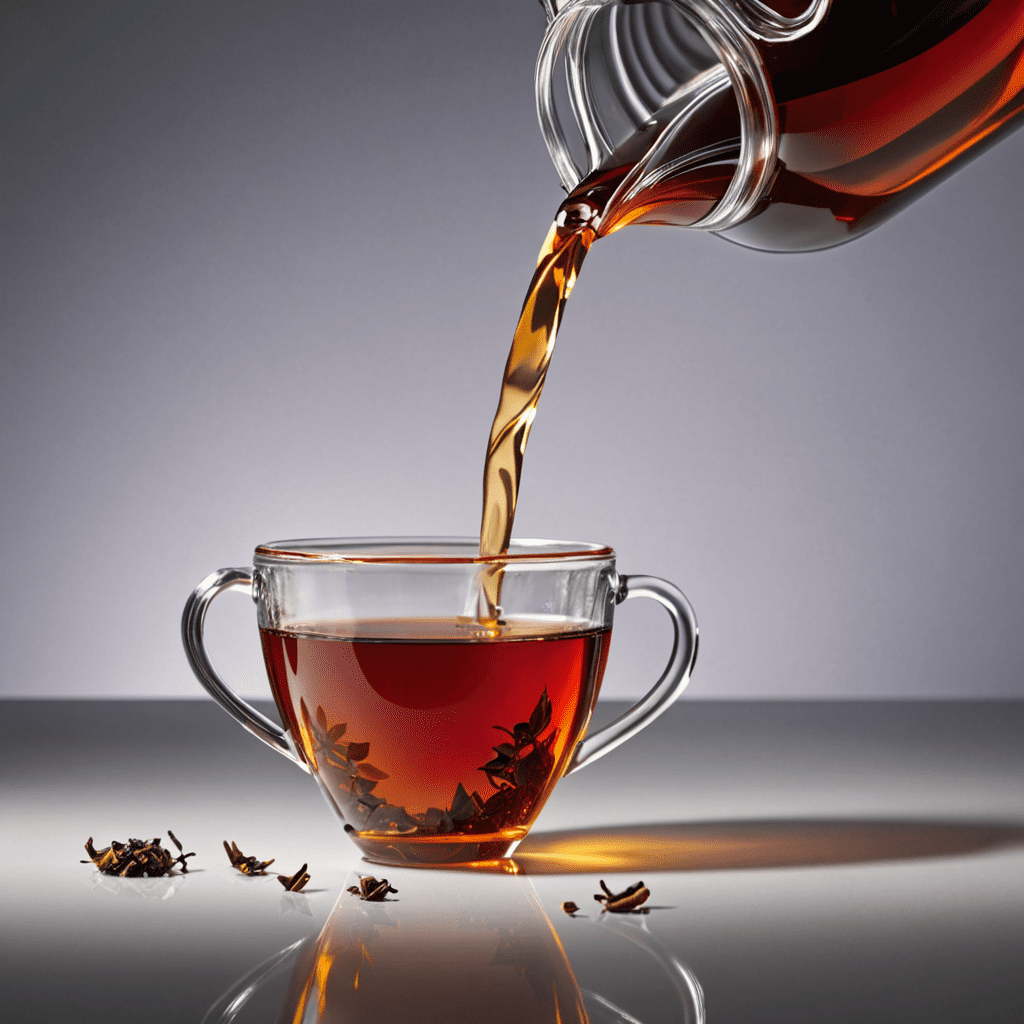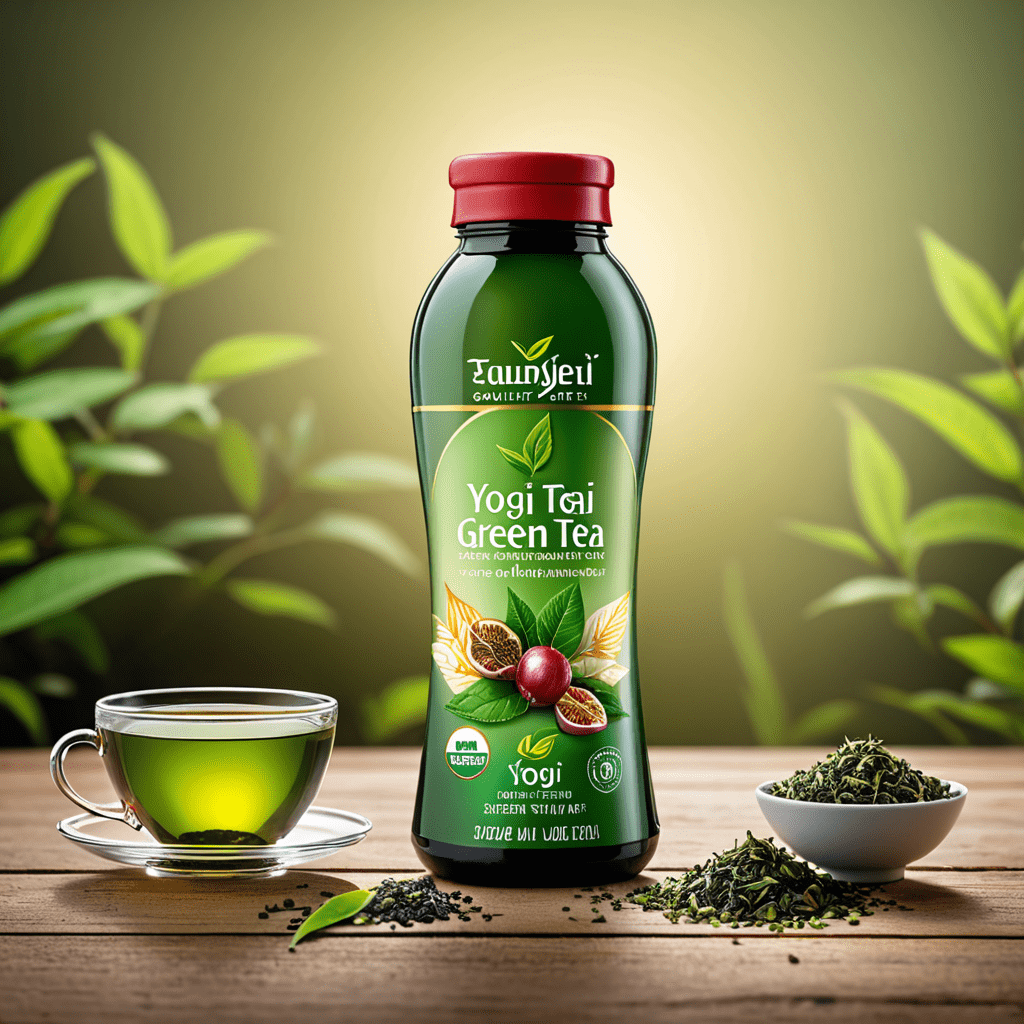Unveiling the Origins of Black Tea: A Sneak Peek into its Leafy Source
Introduction
Black tea is one of the most popular beverages consumed worldwide. Known for its robust flavor and deep color, it has a rich history dating back centuries. In this article, we dive into the origins of black tea, exploring the plant from which it is derived.
What is Black Tea?
Black tea is a type of tea that is more oxidized compared to other varieties like green, white, or oolong tea. It is made from the leaves of the Camellia sinensis plant, specifically the tea plant’s buds and tender leaves. Unlike other teas, black tea undergoes a series of processes that involve withering, rolling, oxidation, and drying.
The Camellia Sinensis Plant
The Camellia sinensis plant is an evergreen shrub native to East Asia, primarily China, India, and Myanmar. This plant species is widely cultivated for tea production. The tea plant grows best in environments with fertile soil, abundant rainfall, and relative humidity. It can reach a height of up to 10 meters, but for tea production, it is typically pruned to a height of about 1-2 meters for ease of harvesting.
Plant Varieties
There are several varieties of the Camellia sinensis plant used for black tea production. These include:
- Camellia sinensis var. sinensis: This variety is known for its smaller leaves and is commonly cultivated in China and Japan.
- Camellia sinensis var. assamica: This variety has larger leaves and is primarily grown in the Assam region of India, as well as in Sri Lanka and Kenya.
- Camellia sinensis var. cambodiensis: This variety is found in Cambodia and is known for its resilience to pests and diseases.
Harvesting Black Tea Leaves
The process of harvesting black tea leaves involves careful plucking of the plant’s buds and tender leaves. It is crucial to harvest the leaves at the right stage of growth to ensure the best flavor and quality. Typically, just the top two leaves and a bud are plucked from each stem. This selective harvesting is often done by hand and requires skilled workers who can distinguish the ideal leaves.
Processing Black Tea Leaves
Once harvested, the tea leaves undergo a series of processes to transform them into black tea. These processes include:
- Withering: The leaves are spread out and exposed to air for several hours, allowing them to lose moisture.
- Rolling: The withered leaves are rolled to break the cell walls, releasing enzymes and essential oils.
- Oxidation: The rolled leaves are left to oxidize in a controlled environment, where oxygen interacts with the enzymes to develop the characteristic flavor and color of black tea.
- Drying: The oxidized leaves are dried to halt the oxidation process and remove any remaining moisture.
Frequently Asked Questions (FAQ)
1. Can black tea be made from any plant?
No, black tea specifically comes from the Camellia sinensis plant. Other herbal infusions or “teas” made from different plants are not considered black tea.
2. Are different varieties of black tea made from different plants?
No, the different varieties of black tea come from the same Camellia sinensis plant. The variations in flavor and characteristics come from factors such as the specific cultivar, growing conditions, and processing methods.
3. Can I grow my own tea plant to make black tea?
Yes, it is possible to grow your own Camellia sinensis plant if you have suitable growing conditions. However, the tea production process requires expertise and specialized equipment, so making black tea at home can be quite challenging.
4. Is black tea the same as fermented tea?
No, black tea is not the same as fermented tea. Black tea undergoes an oxidation process, while fermented teas like pu-erh tea undergo microbial fermentation.
5. What other types of tea can be derived from the Camellia sinensis plant?
The Camellia sinensis plant is also used to produce green tea, white tea, oolong tea, and pu-erh tea, each with its unique characteristics and production methods.


